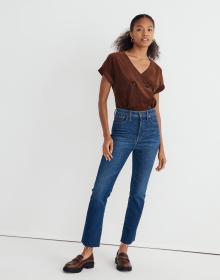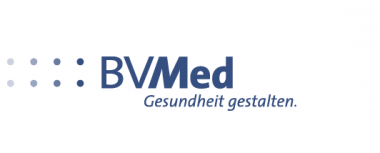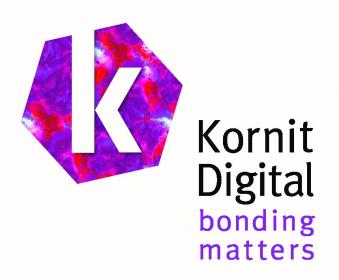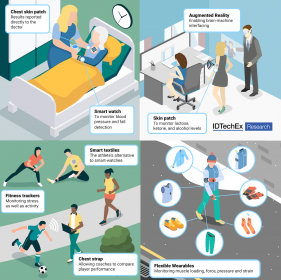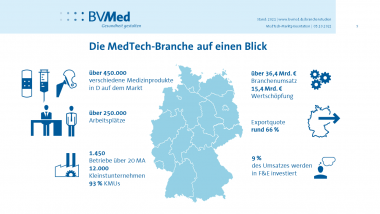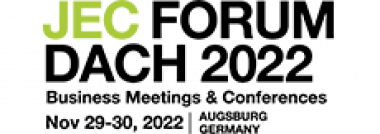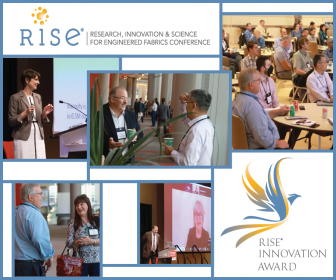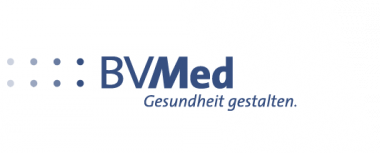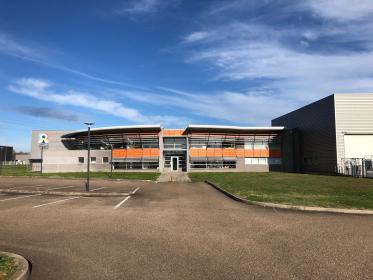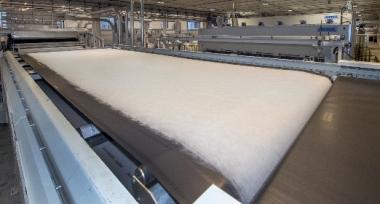adidas terminates partnership with Ye
After a thorough review, the company has taken the decision to terminate the partnership with Ye immediately, end production of Yeezy branded products and stop all payments to Ye and his companies. adidas will stop the adidas Yeezy business with immediate effect.
adidas will not tolerate antisemitism and any other sort of hate speech. Ye’s recent comments and actions have been "unacceptable, hateful and dangerous", and they violate the company’s values of diversity and inclusion, mutual respect and fairness, as adidas declares.
This is expected to have a short-term negative impact of up to €250 million on the company’s net income in 2022 given the high seasonality of the fourth quarter.
adidas is the sole owner of all design rights to existing products as well as previous and new colorways under the partnership. More information will be given as part of the company’s upcoming Q3 earnings announcement on November 9, 2022.






